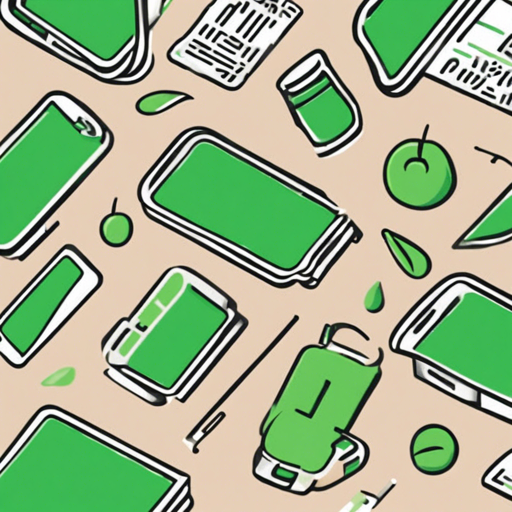Are you embarking on a Java project and looking for robust libraries to enhance your experience? Look no further! Guava, Google’s set of core Java libraries, is a fantastic resource. In this article, we will explore how to add Guava to your project effectively, along with some troubleshooting tips.
What is Guava?
Guava is a collection of libraries that introduces new collection types (like multimap and multiset), immutable collections, a graph library, and various utilities for tasks such as concurrency management, Input/Output operations, hashing, handling primitives, and strings. It’s heavily utilized within Google and is widely adopted by other companies as well.
Choosing the Right Flavor
- JRE Flavor: Requires JDK 1.8 or higher.
- Android Flavor: Specifically designed for Android projects. You can find it here.
Adding Guava to Your Build
To make use of Guava in your project, follow these steps based on your build system:
For Maven Users:
Add the following dependency to your pom.xml file:
<dependency>
<groupId>com.google.guava</groupId>
<artifactId>guava</artifactId>
<version>33.3.1-jre</version>
</dependency>For Gradle Users:
You can add a dependency using the following Gradle syntax:
dependencies {
// Pick one:
implementation("com.google.guava:guava:33.3.1-jre") // For Java only
api("com.google.guava:guava:33.3.1-jre") // For public API usage
implementation("com.google.guava:guava:33.3.1-android") // For Android only
api("com.google.guava:guava:33.3.1-android") // Android public API
}Understanding Guava’s Code Structure: An Analogy
Think of Guava as a Swiss Army knife for Java developers. Just like a Swiss Army knife contains various tools that serve multiple purposes (a screwdriver, a can opener, a blade), Guava offers a variety of features that simplify numerous programming tasks. For example:
- New Collection Types: Just as you would reach for the right tool in a Swiss Army knife, you can choose between different collection types in Guava to fit your specific needs.
- Immutability: Like a tool that cannot be altered once made, Guava’s immutable collections ensure that data integrity is maintained throughout your application.
- Concurrency Utilities: As multiple tools can work together without clashing in a Swiss Army knife, Guava’s concurrency features allow multiple threads to operate smoothly in your Java application.
Troubleshooting Your Guava Setup
Even the best developers sometimes face challenges when integrating new libraries. Here are common issues and how to resolve them:
- Version Compatibility: Ensure that you are using the appropriate version of Guava that matches your Java version. If you are on JDK 1.8, use the JRE flavor.
- Missing Dependencies: If you encounter a runtime error related to missing classes or interfaces, check that you have included all required dependencies, including
com.google.guava:failureaccess:1.0.2. - Beta API Warnings: If you are using APIs marked as @Beta, note that these are subject to change and can affect your code in future updates. We recommend using Guava Beta Checker to avoid this issue.
- Incompatibility on Non-Linux Environments: Some features may not work as expected outside of Linux; ensure thorough testing on the intended deployment platform.
For more insights, updates, or to collaborate on AI development projects, stay connected with fxis.ai.
Where to Go for More Information
For additional resources, consider checking out:
- Guava Explained
- GitHub project
- Report a defect or feature request
- Ask how-to and why-didn’t-it-work questions
At fxis.ai, we believe that such advancements are crucial for the future of AI, as they enable more comprehensive and effective solutions. Our team is continually exploring new methodologies to push the envelope in artificial intelligence, ensuring that our clients benefit from the latest technological innovations.

